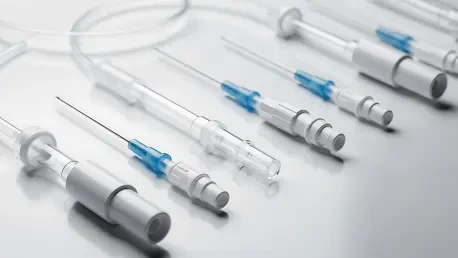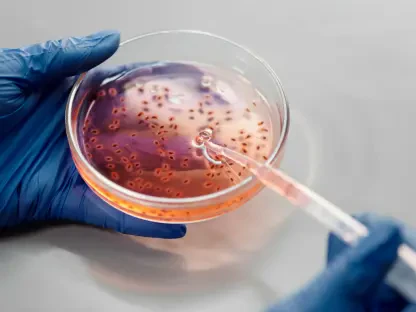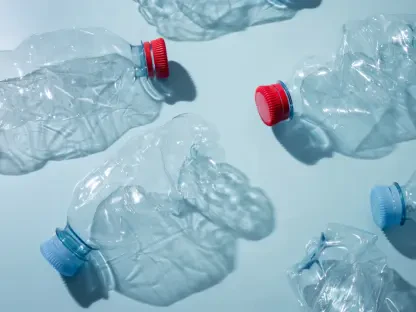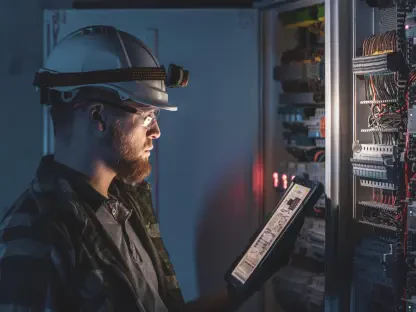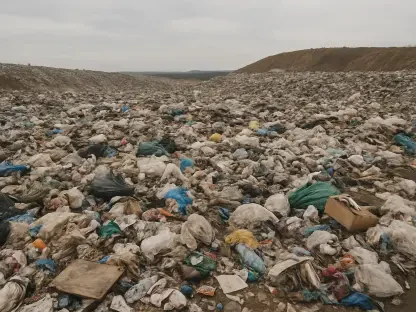Diving into the forefront of sustainable innovation in healthcare, we’re thrilled to sit down with Christopher Hailstone, a renowned expert in energy management and renewable energy, who brings a unique perspective to the circular economy. With a deep understanding of resource efficiency and grid reliability, Christopher has been closely involved in pioneering initiatives like SABIC’s groundbreaking partnership to recycle medical plastics. In this interview, we explore the intricacies of transforming medical waste into valuable materials, the challenges of establishing such systems, and the broader impact on sustainability in the healthcare sector. From innovative collection methods to cutting-edge chemical recycling processes, Christopher sheds light on how collaborative efforts are reshaping the industry’s approach to waste and resource management.
How did the collaboration between SABIC and Zuyderland Medical Center come about, and what sparked this innovative partnership?
The partnership really started with a shared vision to tackle the massive issue of plastic waste in healthcare. SABIC, with its expertise in chemical recycling, saw an opportunity to address the unmet needs around medical plastic scrap, which often ends up incinerated due to strict regulations. Zuyderland Medical Center was eager to find sustainable solutions for their non-contaminated waste—plastics that hadn’t come into contact with patients or bodily fluids. It was a natural fit; both sides wanted to pioneer a circular model where waste could be turned back into usable materials. Conversations began around creating a novel collection system, and from there, the collaboration grew with a clear goal of proving that medical plastics could be recycled safely and effectively.
What motivated the focus on recycling medical plastics specifically, and why is this area so critical for sustainability?
Medical plastics are a unique challenge because of the strict safety and hygiene standards in healthcare. A lot of this material is single-use by design, which generates significant waste—think packaging, trays, and other items that never touch patients but still get discarded. Focusing on these plastics is critical because they represent a huge, untapped resource that’s often just burned, releasing emissions without any recovery of value. By recycling them, we’re not only reducing waste and environmental impact but also creating a closed loop where these materials can be reused in the same sector. It’s a game-changer for sustainability in an industry that’s under pressure to balance patient safety with environmental responsibility.
Can you walk us through the journey of turning medical plastic scrap into new materials, starting with the collection process at Zuyderland?
Absolutely. It begins with a carefully designed collection program at Zuyderland, launched in mid-2024. Staff are trained to segregate non-contaminated plastics—things like packaging from sterile equipment—that haven’t been exposed to any biohazards. These are collected separately to avoid any risk of contamination. From there, a specialized transport company handles the logistics, ensuring the scrap is moved efficiently and securely to processing facilities. The next step is chemical recycling, where the plastic is broken down into pyrolysis oil, a feedstock that can be used to produce new, high-quality polymers. Finally, this material is transformed into “virgin-like” polyethylene, which is then used to create new medical-grade products or packaging. It’s a complex chain, but every step is crucial to maintaining quality and safety.
What makes the TruCircle solutions so vital to this project, and how do they contribute to advancing circularity in healthcare?
The TruCircle portfolio is at the heart of this initiative because it offers certified circular polymers that perform just like virgin materials. This is huge for healthcare, where there’s no room for compromise on quality or safety. These solutions use advanced recycling techniques to turn waste plastics into high-grade polyethylene, ensuring the end products meet stringent medical standards. Beyond that, TruCircle helps close the loop by reintroducing recycled content into the supply chain, reducing reliance on fossil-based resources. It’s a powerful way to drive circularity in an industry that’s traditionally been linear—use once and discard. This approach shows that sustainability and performance can go hand in hand.
Could you share some insights into the pilot projects with partners like Coveris and Mölnlycke Health Care, and the specific outcomes achieved?
These pilot projects are exciting proof points of what’s possible. With Coveris, we worked on packaging for a brand owner’s guide ware used in vascular surgery, incorporating 25 percent recycled medical scrap into the material. It’s a significant step, showing that recycled content can meet the rigorous demands of medical applications. For Mölnlycke Health Care, the project focused on surgical drapes, achieving an impressive 49 percent recycled content in components of their ProcedurePak solution. Both outcomes demonstrate that recycled materials can be integrated into critical healthcare products without sacrificing safety or efficacy. The reception so far has been very positive, with partners recognizing the potential to scale these solutions across more product lines.
What were some of the biggest challenges in setting up the medical plastic collection program at Zuyderland, and how did you address them?
One of the biggest hurdles was ensuring the segregation of non-contaminated plastics right at the source. In a busy hospital environment, getting staff to consistently separate waste streams is no small task—it requires training, clear protocols, and ongoing monitoring to avoid any mix-ups with biohazardous materials. We tackled this by working closely with Zuyderland to design intuitive collection systems and provide hands-on support. Logistically, transporting the scrap in a way that maintained its integrity was another challenge, but partnering with a specialized transport company helped streamline that process. It was all about building trust and collaboration across every touchpoint to make the system work seamlessly.
Looking ahead, what’s your forecast for the future of circular economy initiatives in the healthcare sector?
I’m very optimistic about the trajectory. What we’re seeing with projects like this is just the beginning—there’s immense potential to scale circular models across healthcare. As technology for advanced recycling improves and more stakeholders join the ecosystem, I expect we’ll see broader adoption of recycled materials in medical products and packaging. Regulatory frameworks will need to evolve to support these innovations, but the momentum is already building. In the next decade, I foresee circularity becoming a core principle in healthcare, driven by collaborations that prioritize both sustainability and patient safety. It’s an exciting time to be part of this transformation.
